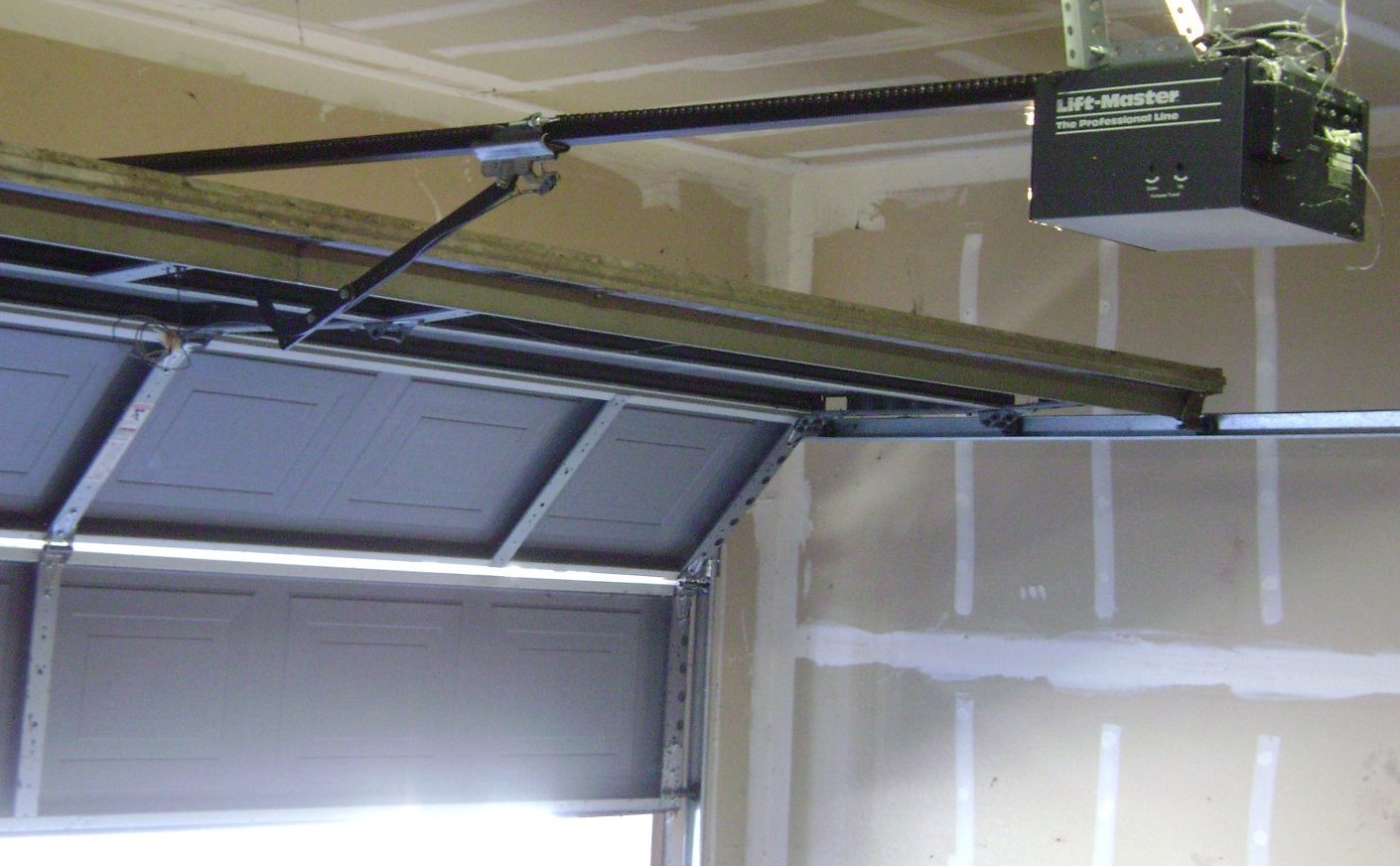How to Tighten and Adjust Garage Door Hardware to Eliminate Noise
- Commercial Garage Door Repr
- Garage Door Opener Installation
- Garage Door Spring Repair
- Same Day Garage Door Repair
- Custom Garage Doors
- Garage Door Opener Repair
- Garage Door Track Repair
- Garage Door Cable Repair
- Garage Door Panel Repair
- Local Garage Door Repair
- Garage Door Dents Repair
- Garage Door Replacement
- Noisy Garage Door Fix
- Garage Door Installation
- Garage Door Section Replacement
- Overhead Garage Door Repair

How to Tighten and Adjust Garage Door Hardware to Eliminate Noise
Does your garage door sound like it’s auditioning for a horror movie? A noisy garage door is not just an annoyance; it could be a sign that something is wrong with the hardware. The good news is that you can often fix this problem yourself with some basic home maintenance. Here’s how to tighten and adjust garage door hardware to eliminate noise.
Understanding the Problem
Before getting into the nuts and bolts, it’s essential to understand why garage doors make noise. Common causes include:
- Loose hardware such as nuts, bolts, and screws.
- Worn rollers that may need lubrication or replacement.
- Unbalanced door causing strain on the opener and hardware.
- Improper installation leading to misalignment.
Step-by-Step Guide to Quiet Your Garage Door
Step 1: Gather Your Tools
For this home improvement project, you will need:
- A socket wrench set
- Screwdrivers
- Lubricating spray
- A level
- Safety gloves and glasses
Step 2: Inspect and Tighten All Hardware
Start by disconnecting the garage door opener to ensure safety. Then, inspect all the nuts, bolts, and screws that hold the various parts of the garage door together.
- Rollers and Tracks: Check the rollers and tracks for any signs of wear. Tighten any loose bolts with your socket wrench.
- Hinges: Ensure all hinges are tightly fastened. Use a screwdriver to tighten any loose screws.
- Brackets: Examine the brackets holding the door to the wall and ceiling. Tighten these as needed.
Step 3: Lubricate Moving Parts
Lubrication can solve many noise issues by allowing the moving parts to slide more smoothly.
- Rollers: Spray a silicone-based lubricant on the rollers, but avoid getting any on the tracks.
- Hinges and Springs: Apply the lubricant to the hinges and springs. This will reduce friction and noise.
- Tracks: Use a small amount of lubricant on the inside of the tracks for smoother operation.
Step 4: Balance the Door
An unbalanced garage door can cause unnecessary strain on the hardware, leading to noise and potential damage.
- Manual Check: Close the garage door and disconnect the opener. Manually lift the door halfway and release it. If it stays in place, it’s balanced. If it falls, it’s unbalanced.
- Adjust Spring Tension: Adjust the tension on the torsion springs or extension springs to balance the door. If you’re unsure how to do this, it’s best to consult a professional.
Step 5: Replace Worn Out Parts
Sometimes, tightening and lubrication aren’t enough. In such cases, replacing worn-out parts is necessary.
- Rollers: If the rollers are worn or cracked, replace them with quieter nylon rollers.
- Hinges: Replace any broken or worn hinges.
- Springs: If the springs are rusted or stretched out, consider replacing them.
Extra Tips for Garage Door Maintenance
- Regular Inspections: Perform routine inspections every few months to catch any issues early.
- Professional Help: If you’re uncomfortable performing any of these steps, it’s best to call a professional.
- Upgrade Materials: Invest in high-quality garage door materials and parts to ensure longevity and reduce noise.
With a bit of effort and some basic tools, you can significantly reduce the noise your garage door makes. Regular maintenance will not only improve garage door aesthetics but will also ensure that your door operates smoothly for years to come.
If you’re a homeowner, a garage door professional, or a small business specializing in home improvement, understanding how to tighten and adjust garage door hardware is a valuable skill. For more tips and expert advice on home maintenance and dent repair visit Bexley Garage Door Repair.
